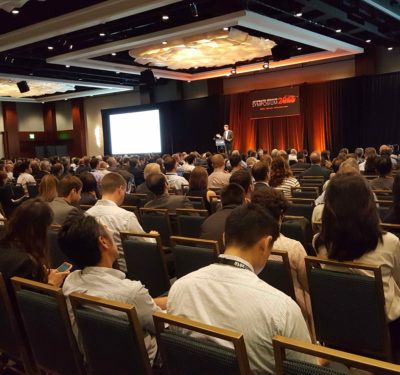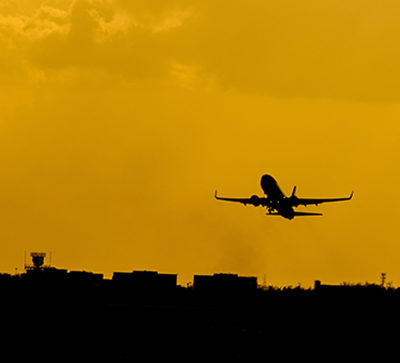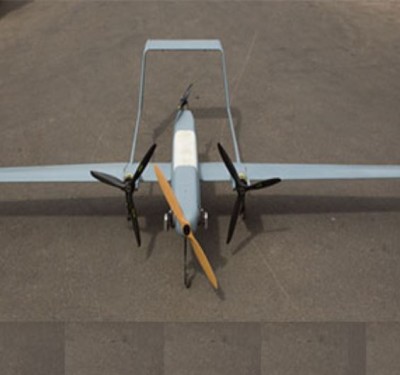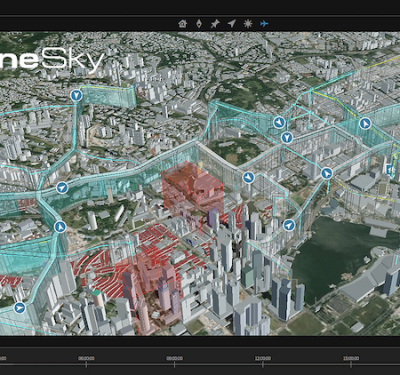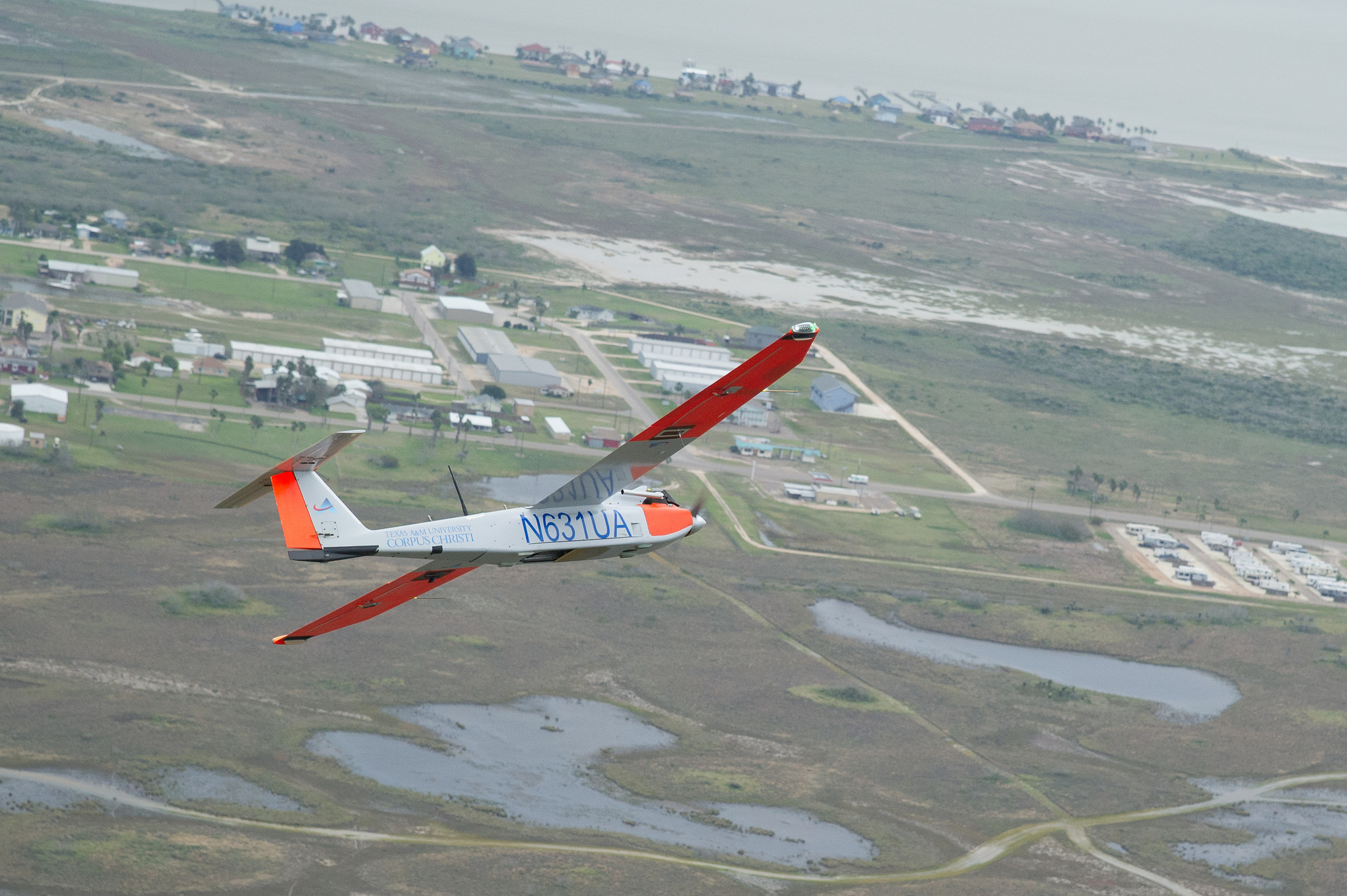
Texas A&M Corpus Christi University’s RS-16 in flight during the UAS test flights in Port Mansfield, Texas. Photo Credit: Texas A&M University-Corpus Christi
Texas A&M University Corpus Christi’s Lone Star Unmanned Aircraft Systems Center (LSUASC) tested ground-based sense-and-avoid radar technology developed by SRC, Inc. to determine whether non-test aircraft or birds had entered the University’s RS-16 UAV area of test operation. The RS-16 is the University’s largest UAV, with a wingspan of nearly 13 feet and a maximum weight of 85 pounds.
LSUASC executives stated that this “test establishes the foundation of data-gathering to validate beyond-line-of-sight operational procedures for small and large UAS that will soon operate in the national airspace at many altitudes.” The LSUASC’s chief engineer stated that it is the first of many tests and collaborations that will assist in defining the architecture needed to operate with different sense-and-avoid technologies.
The exercise was conducted at Charles R. Johnson Airport in Port Mansfield, operated by the Willacy County Navigation District at altitudes up to 3,000 feet and over a distance of 18 miles. LSUASC worked closely area stakeholders, including aircraft operating in and around the airport, the Navy, the Coast Guard, the Customs and Border Protection Agency and Federal Aviation Administration (FAA) Air Traffic Control operators.
“We were able to conduct three good flights this week, allowing us to test and refine our capabilities with the RS-16,” said Dr. David Bridges, associate professor of Mechanical Engineering and director of the University’s UAS Program. “It is also our first time to fly with an FAA registration number that identifies our craft just like all manned aircraft.”
The RS-16 aircraft traveled several miles out over the Gulf of Mexico and several miles along the Intracoastal Waterway.
The LSUASC is one of six federally-designated test sites for unmanned aircraft. The LSUASC test site includes 11 test ranges, covering more than 6,000 square miles of airspace from the Gulf of Mexico to the Big Bend region of Texas. LSUASC research focuses on six UAV safe integration areas: system safety and data collection; airworthiness; command and control link; control station layout; ground and airborne sense-and-avoid; and environmental impacts of UAS operations.


